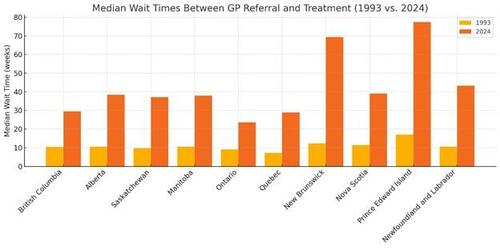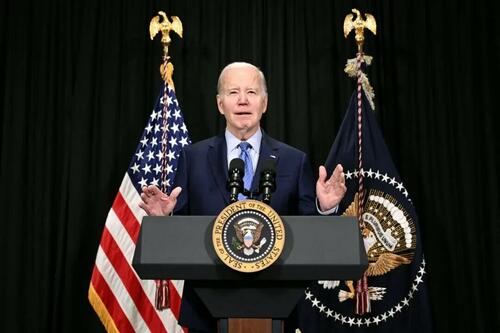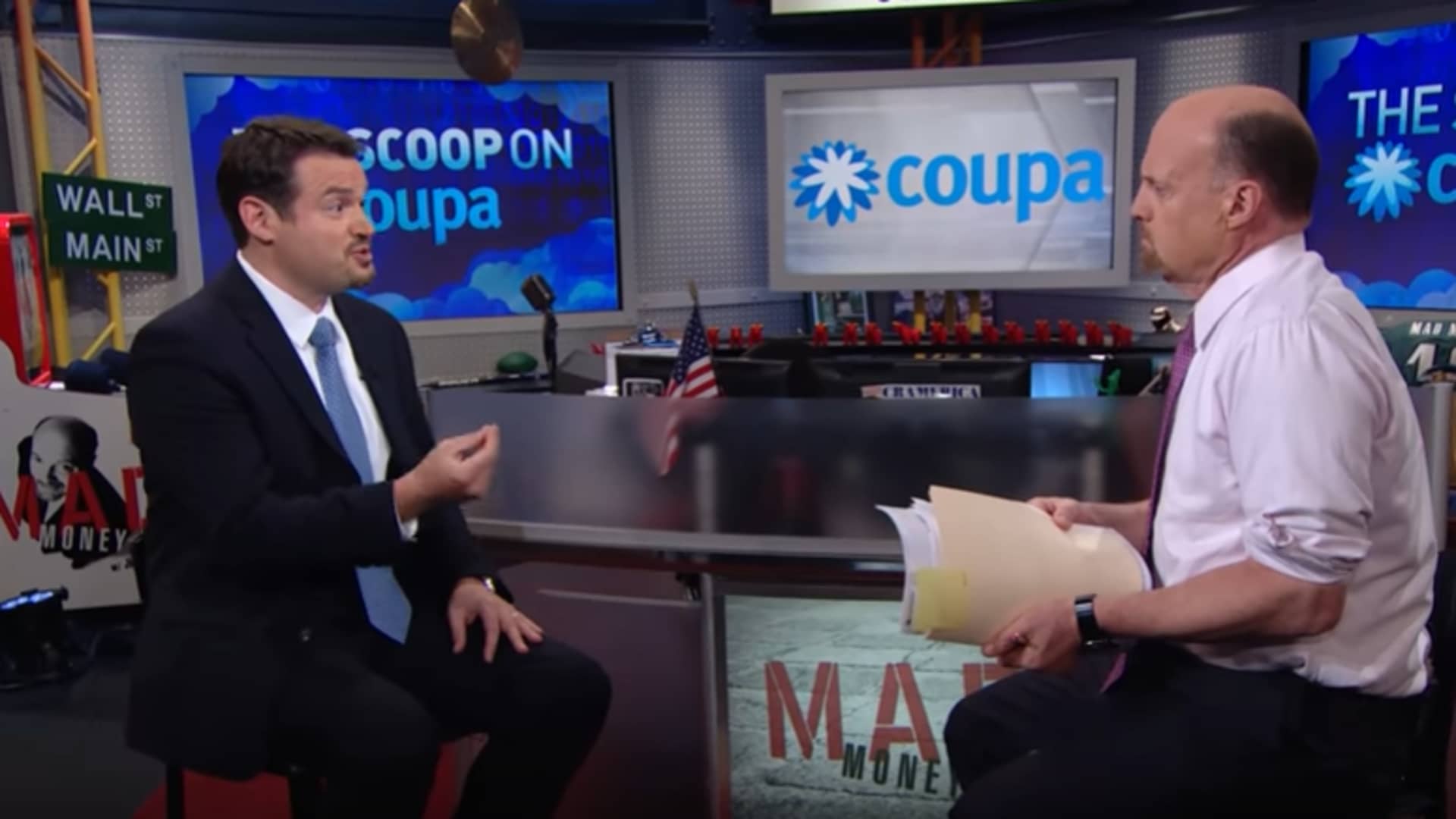Rapid economic growth, stable monetary policies, and a boom in credit have raised the purchasing power of India’s wealthiest over the past decade.
The number of Indians with annual earnings exceeding $10,000 has soared from 24 million in 2015 to 60 million, now constituting 4.1% of the nation’s population, a Goldman Sachs report on Friday said. The significant increase in the value of financial and physical assets in the past three years is what has powered this new affluence.
Consequently, the global brokerage house anticipates that Indian companies dealing in premium goods will surpass their global counterparts– a narrative it has dubbed as Affluent India.
There will be takers for it globally, no doubt, given the international luxury market is going through a chill. The economic woes in China and projections of slowdown in advanced economies have cut short the excellent run the luxury houses were having until recently. British luxury fashion brand Burberry has issued a profit warning for the full year, its second in three months, after store sales dropped in double digits in the Americas and South Korea.
Luxury brands were once thought to be recession-proof but are suffering a global slowdown. Farfetch, the e-commerce company focused on luxury clothing and beauty products, couldn’t raise capital amid rumours of looming bankruptcy and has just been rescued by a South Korean acquirer, the e-commerce company Coupang that gave it a $500 million lifeline.
Just two years ago, in 2021, Farfetch, a proxy for luxury consumption demand, had been valued at $23 billion. Luxury group LVMH, which owns storied brands like Louis Vuitton, Dior, Fendi and Tiffany, reported US market’s quarterly sales being down 2% in October. LVMH competitor and owner of Gucci and YSL, Kering, also reports a slowdown in sales.
Global luxury powerhouses that are, thus, on the lookout for newer markets are naturally beginning to explore India’s nouveau riche. Italian luxury brand Bvlgari launched its first-ever India-only jewellery piece in 2023. The French giant Louis Vuitton unveiled a footwear collection in the Indian colour ‘Rani Pink’. UK’s global fashion sensation Jimmy Choo offered a Diwali collection.
The frenzy is greased by dazzling projections such as one by Bain & Co projects that says India’s luxury consumption would have skyrocketed to $200 billion by 2030.
It’s of course early days still for India to fill up the gap left open by the US and Chinese slowdown in the luxury consumption market. The Goldman Sachs report does make a note of the fact that India’s GDP per capita is less than $3,000 a year. While more than 960 million debit cards have been issued in India and 93 million have post-paid cell phone connections, Goldman says that only 30 million Indians can afford a vehicle.
Yet, the Affluent India narrative affords India the opportunity to make a bid for our homemade luxury traditions to be integrated into global brand strategies — be it the rich handloom silks, soft pashminas or soothing ayurvedic therapies. India’s been home to a culture of luxuries from the time of the Maharajas.
The skills survive, having been passed on from generation to generation, but the products don’t fetch as much commercially as do Europe’s famed artisanal workshops and specialised clusters of production, from watchmaking in the Jura Arc of Switzerland to shoemaking in the Veneto region of Italy. Nor do Indian luxury products artisans command the unrivalled reputation for elegance and luxury the Europeans have built.
European artisans have for decades catered to the exacting standards of the luxury industry, which has taken up stakes in the suppliers to keep tight controls over production. The deal about luxury is exclusivity. You can’t just walk into a store and pick up a Birkin bag that can sell for up to $45,000. If you are not a long time Hermes client, the wait for one of these bags can last years. The French company deliberately keeps them in short supply – boost up the luxe quotient.
Europe dominates the global luxury market is also due to its reputed heritage for fine taste and arts — from wines to paintings and statues. Even American luxury brands such as Ralph Lauren are not seen in the same class.
European luxury has old ties with Indian artisans. It is said that during Louis XIV’s reign, France banned the import of Indian textiles to save the French textile market that was losing out to Indian chintz and calicos that were being used for tailoring everything from petticoats to curtains. European luxury brands started sourcing from Indian artisans a fee decades ago, including through local companies such as Milaaya Embroideries and Les Ateliers A2.
The potential for scaling up the collaboration between the European luxury industry and Indian suppliers is immense. This could be achieved through partnerships between Indian and European design schools or by introducing Indian craftsmanship to the global fashion scene. Who knows the world’s wealthiest who are not looking too willing to spend may just be enticed to do so by Indian craftsmanship. Before it becomes a consumer of global luxe, India must sell it to the world.















